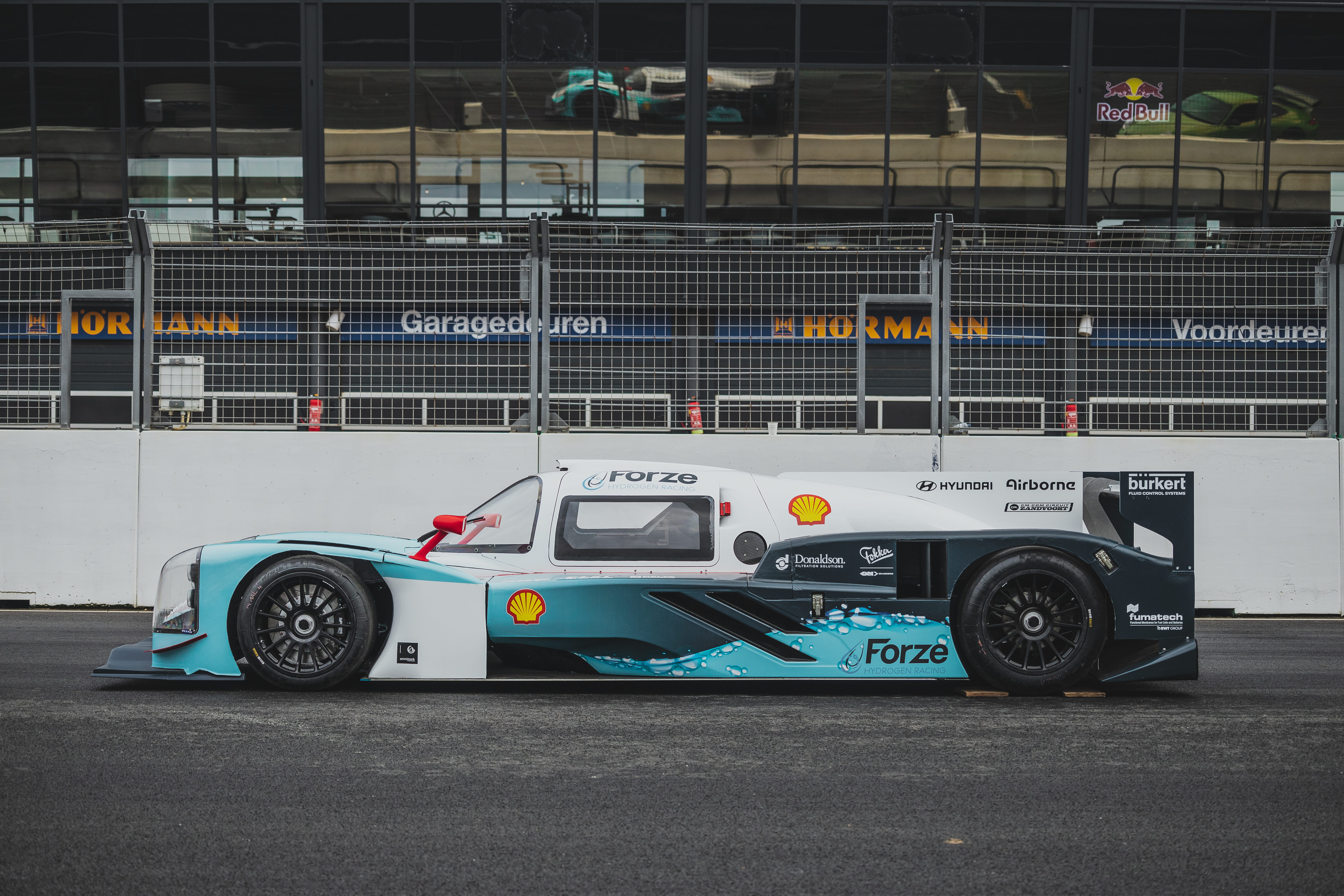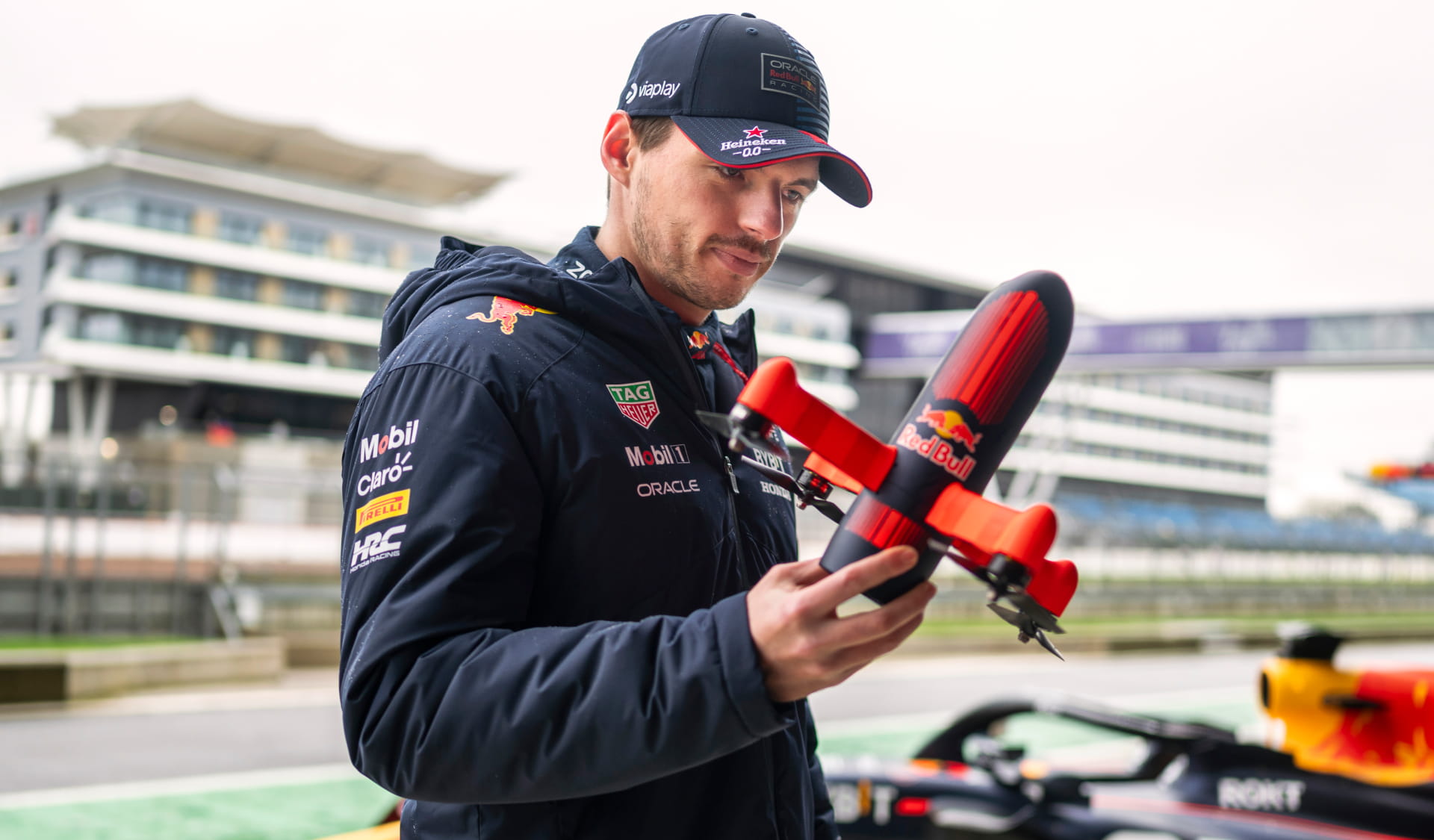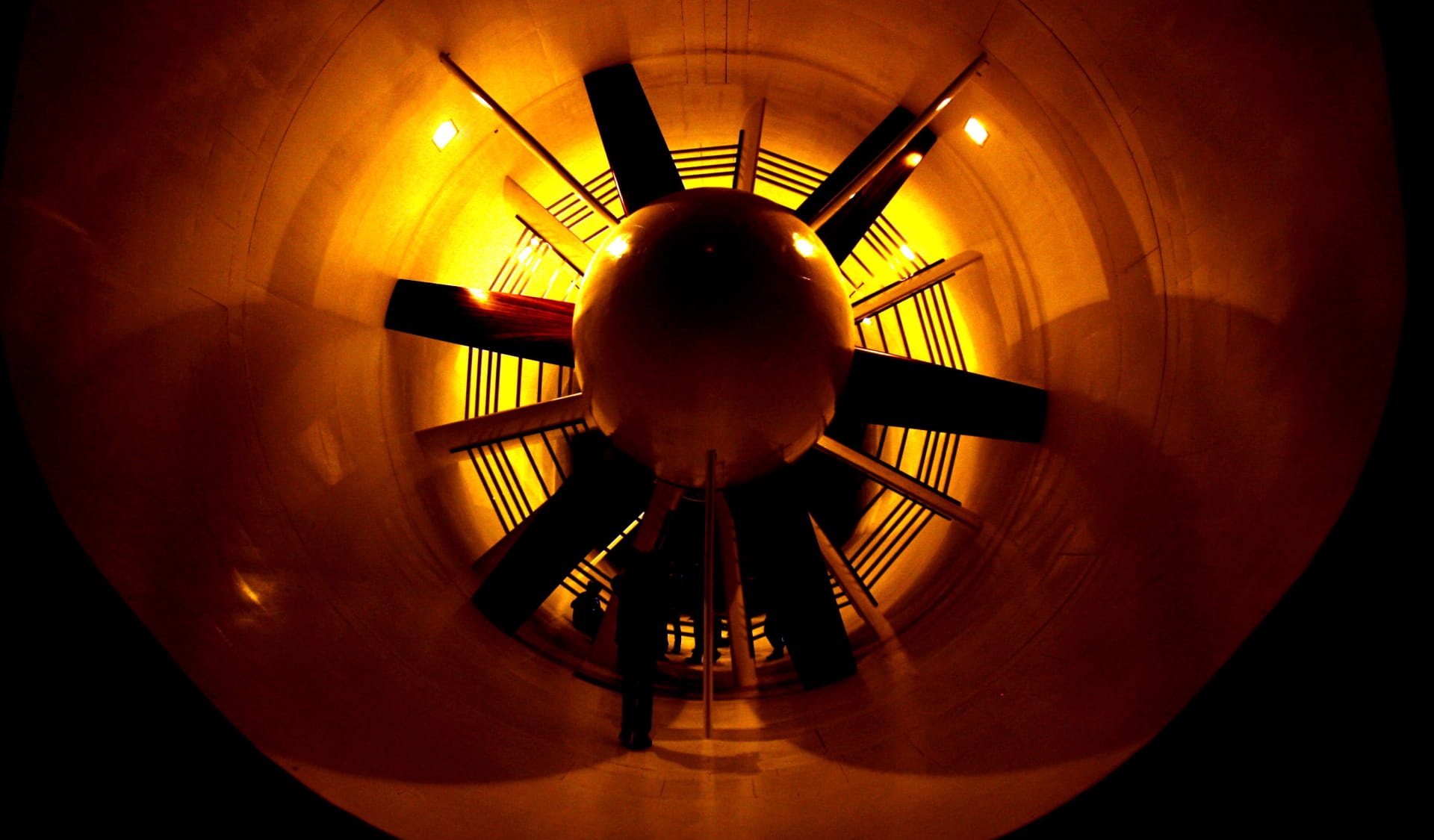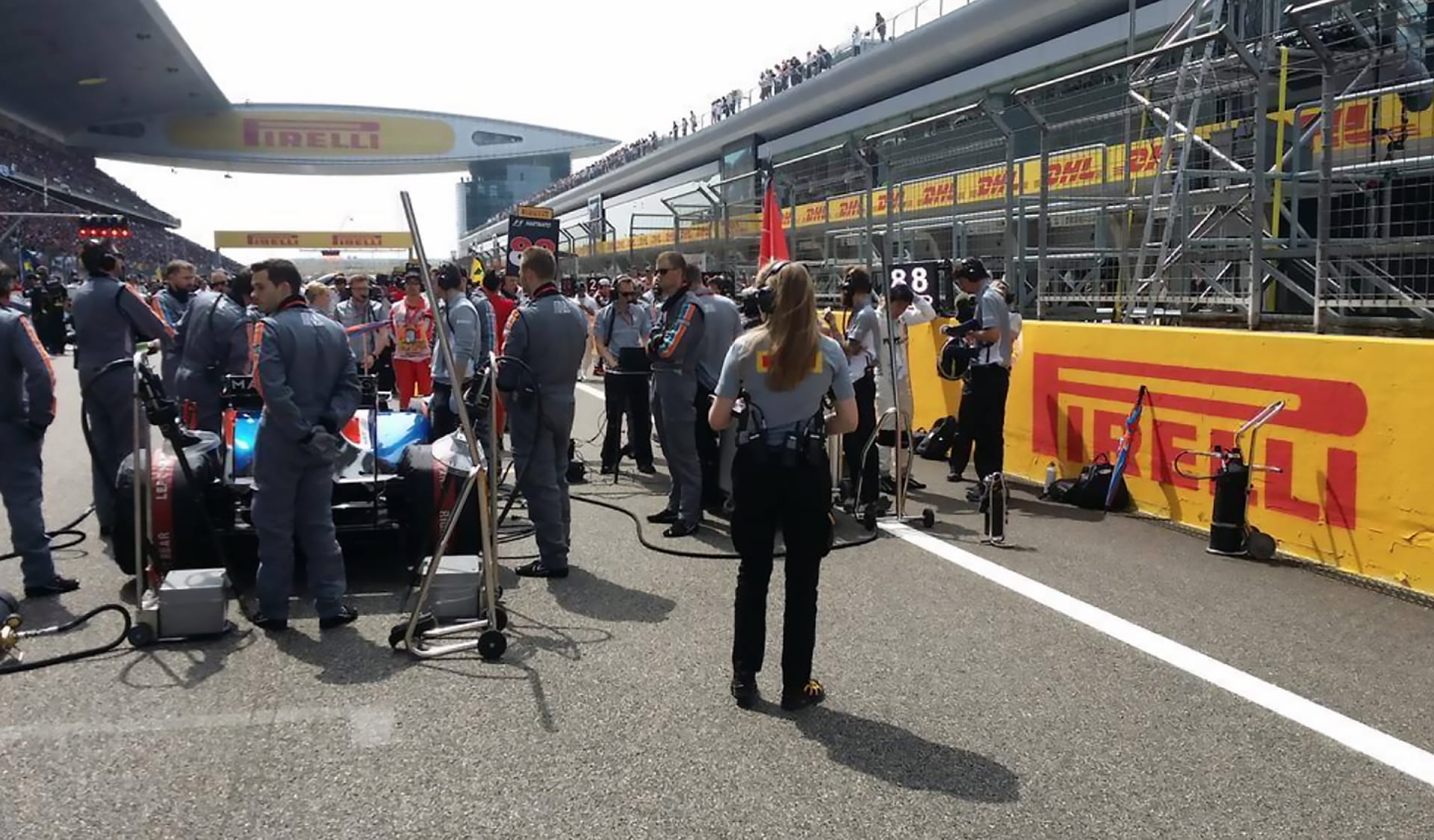Car
Forze Hydrogen Racing: Inside the 800hp hydrogen racing car created by students
by Rahil Hashmi
7min read
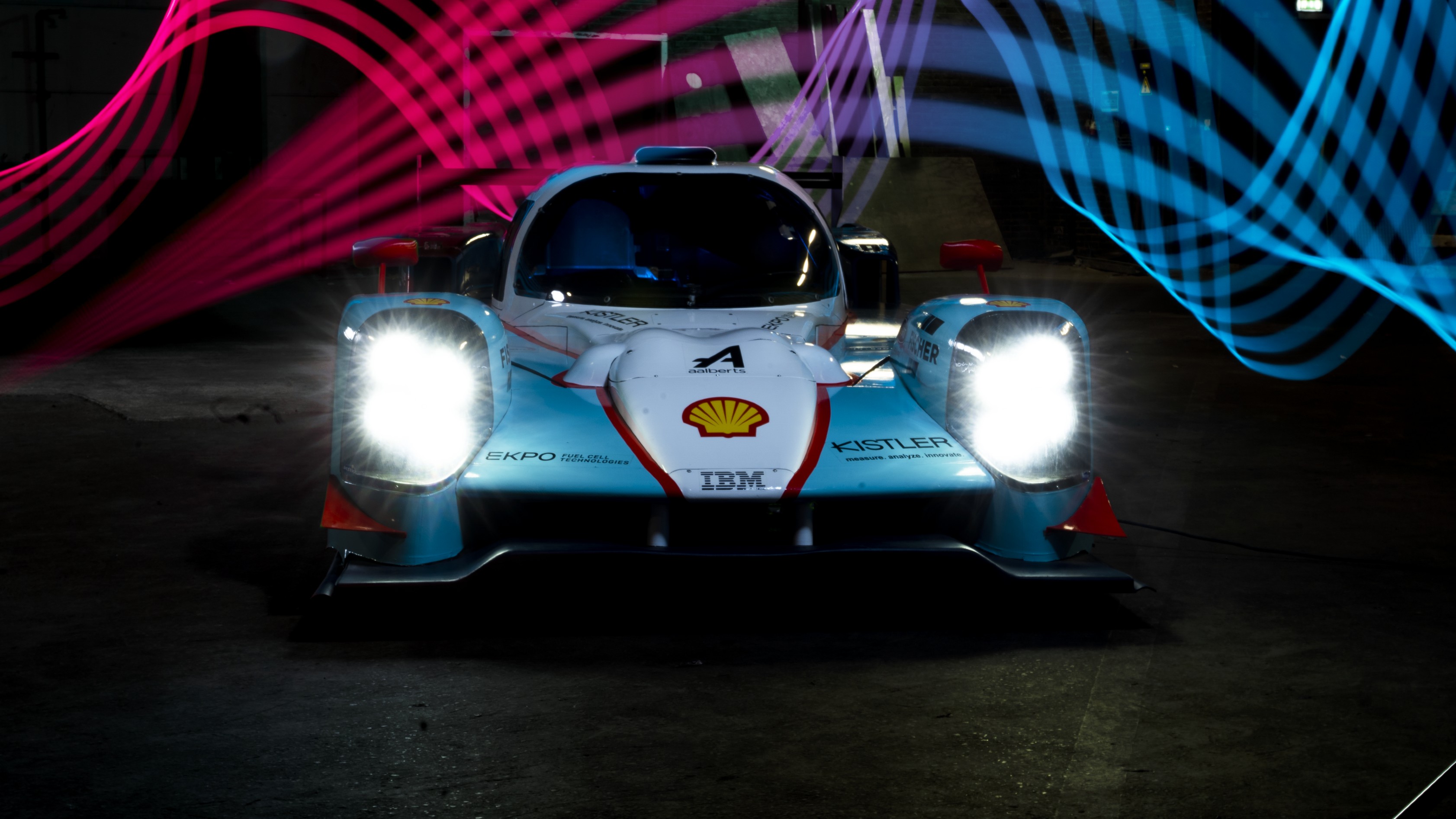
Forze Hydrogen Racing has emerged as a disruptor in motorsport, where combustion engines still dominate the landscape. A group of around 60 students from the Netherlands’ Delft University of Technology has built what could be one of the fastest hydrogen-powered racing cars on the planet.

The Forze Hydrogen Racing IX at Zandvoort, which also hosts the Formula 1 Dutch Grand Prix
A 17-year hydrogen-powered journey
Team manager Eva van der Dijs said the team aims to promote hydrogen as a sustainable alternative to fossil fuels. The team hopes that hydrogen cars might one day compete with petrol-powered cars on track.
“It is an enormous challenge for us. Our team has worked incredibly hard and they have really poured their heart and soul into this project. To see the results come to life in this car makes me really proud and excited about what is to come.”How Forze IX’s hydrogen system works
At the heart of the IX is a hydrogen fuel cell, which takes in air and hydrogen to produce electricity, emitting water and depleted air. Before reaching the fuel cell, the air and hydrogen are processed.The air is conditioned and filtered to remove contaminants and rainwater, then compressed through a turbo to boost pressure. The air heats up at this stage, so it’s run through an intercooler. Then the air is humidified to avoid drying out the fuel cell membrane, which could cause damage to various components. It then reaches the cathode of the fuel cell – which requires 16kg of air per minute, more than one person can breathe in over an entire day – before it reacts with the hydrogen at the anode of the fuel cell.
As for the hydrogen, it’s stored onboard in four tanks – at 700 times atmospheric pressure – that hold about 8.5kg of hydrogen in total. Then it’s transferred through high-pressure tubing to a pressure regulator that drops the pressure. A regulator then controls how much hydrogen is fed into the anode – while excess hydrogen is recirculated through the system using an ejector. This ejector uses existing pressure within the system rather than power from a battery for the sake of efficiency.
After the chemical energy of the oxygen and hydrogen is converted into electrical energy, this energy is distributed into four motors and two turbos, and then to all four wheels. The IX boasts a power output of 240kW (327 horsepower) but, with the help of supercapacitors that rapidly transfer braking energy into an energy buffer, the car can also deploy a ‘boost’ of 600kW (805bhp) out of corners.
With high power comes a high cooling demand, which is satisfied by the inclusion of five cooling radiators – running more than 450 litres of coolant through the system per minute.
continues below

Inside the cockpit of the Forze IX
Under the Bodywork
The custom carbon-fibre bodywork of the IX – producing 1,200kg of downforce at the car’s top speed of 300km/h – was created after the team ran more than 500 iterations of its aerodynamic simulations. The aerodynamics also provide air to the radiators in order to facilitate heat exchange. In total, the car takes in 190kg of air per minute – as much as 12 people can breathe in an entire day.
The carbon-fibre monocoque itself is custom-produced, with sufficient space at the front and rear to incorporate the drivetrains needed to feed power to the wheels. In total, the monocoque weighs just under 100kg, and it sits above a custom-made double-wishbone suspension set-up.
Forze’s ingenuity extends to the interior of the car with tubing for the hydrogen system – which takes up significant room – flowing through the cockpit, while the car’s onboard computer system also sets it apart from ‘conventional’ race cars.
Functioning as the IX’s brain, the computer system processes data from more than 400 compact sensors dispersed throughout the vehicle. This data concerns almost every aspect of the car’s performance, and it is then transmitted back to the pit-side engineers using ultra-high-frequency 4G and Wi-Fi systems.
The knowledge and experience gained here are second to none, providing a realistic path towards our goals.
Eva van der Dijs
, Forze Hydrogen Racing
The future of Forze
Forze is currently aiming to compete in the Supercar Challenge alongside the GT cars including Porsches and Ferraris, but the student team’s long-term ambition is to compete in the 24 Hours of Le Mans.
This programme has also had a transformative influence on the students’ career aspirations.
“I really want to work in Formula 1 after my studies, and I'm not alone in this aspiration within our team,” said Van der Djis. “The knowledge and experience gained here are second to none, providing a realistic path towards our goals. As a team manager, dealing with a team of over 50 people and external stakeholders, the opportunity to learn by doing is a phenomenal experience."
Moreover, Forze Hydrogen Racing want to enact real change in motorsport and mobility.
“Through [our] mission we are revolutionising motorsport. We’ve been [among] the first to pit hydrogen-powered cars against their petrol counterparts.”
The Forze IX is the latest step in this student-led effort to showcase the true potential of hydrogen power – and we could see the results on track soon.
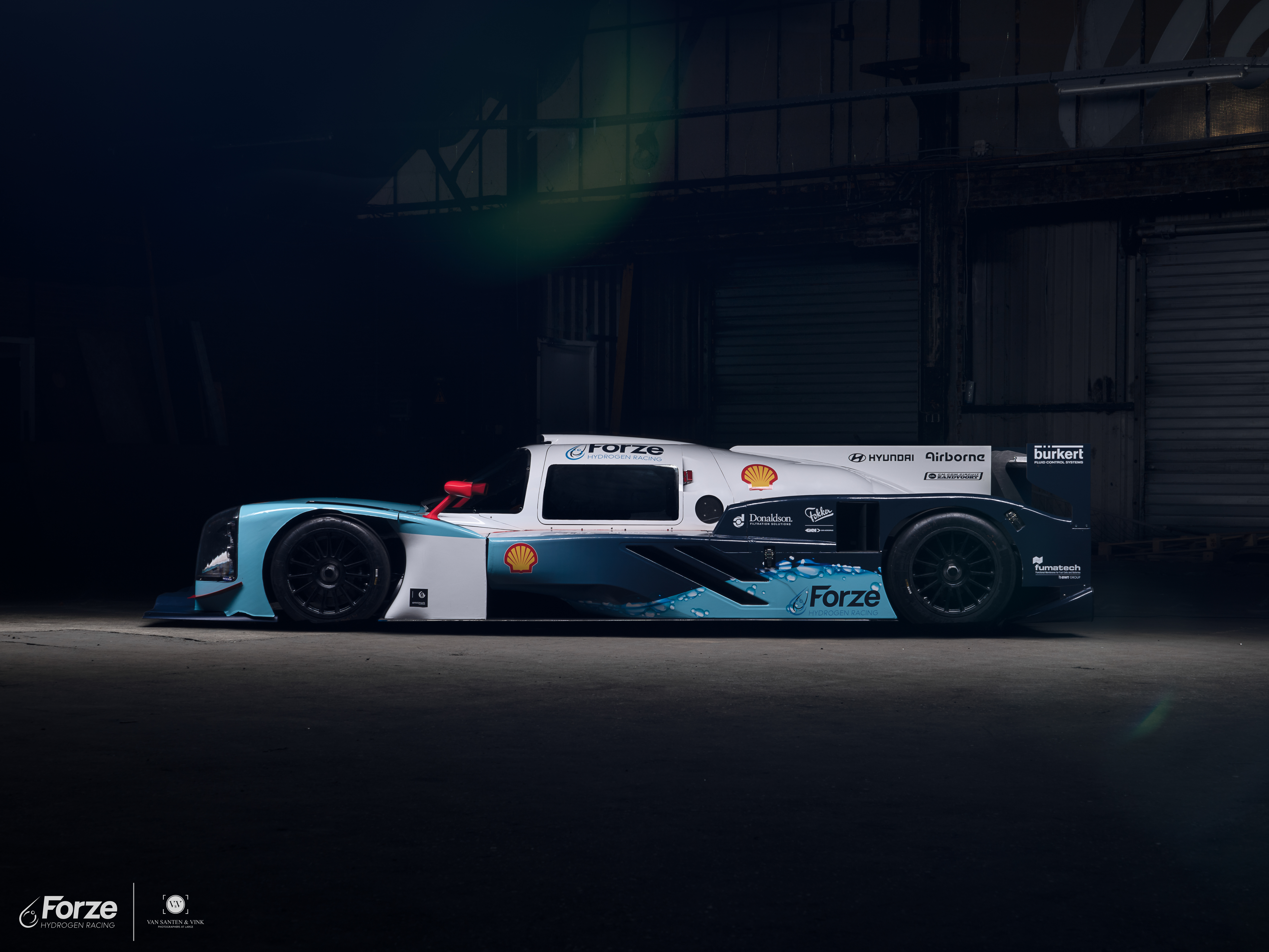
.jpg?cx=0.5&cy=0.5)
.jpg?cx=0.5&cy=0.5)
.jpg?cx=0.5&cy=0.5)
.jpg?cx=0.5&cy=0.5)

